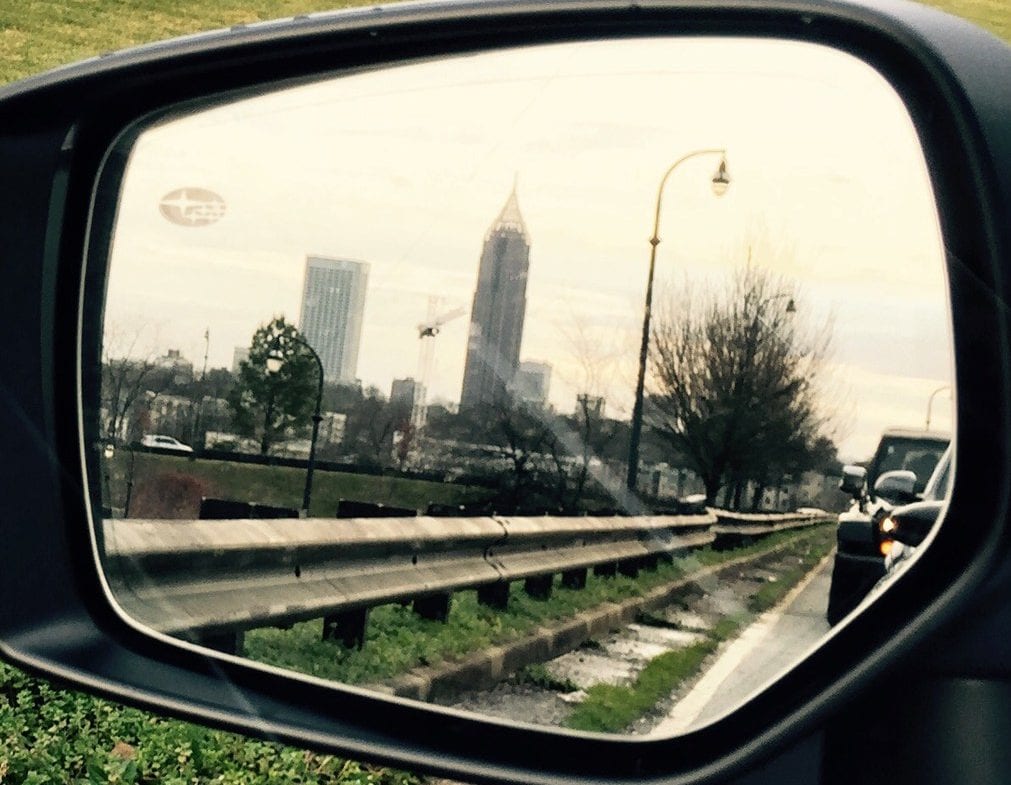- A worker at Evergreen Cooperative Laundry. Photo courtesy of the Cleveland Foundation
- Minneapolis public housing residents show their displeasure in the housing authority’s plan to convert the Elliot Twins towers using HUD’s RAD program. Photo courtesy of Ladan Yusuf
- Downtown Newark, NJ. Photo credit: Doug Kerr via flickr, CC BY-SA 2.0
To know where we’re going, we need to know where we’ve been. We need to take a look back every now and then at how things have changed—how promising or ambitious initiatives panned out, whether trends that seemed to be going strong stayed on course, or how thorny challenges were at last resolved. Shelterforce has been publishing for 46 years—and over that time we’ve reported on thousands of policies and projects that affected communities.
Sometimes our articles are written after the fact, when everything was all wrapped up, but often we reported on something that was recently underway, with the outcome hoped for or starting to materialize, but not yet fully realized. Even finished projects can look different with several years more perspective. Nothing happens in isolation, and nothing stays frozen in time.
That’s why we decided for our first official Under the Lens online series to revisit some of our past coverage and ask “Whatever happened to that?” Every week over the next month we’ll be bringing you some of the fascinating answers we found to questions such as:
- Did the ambitious Evergreen Co-ops survive the decade since their launch?
- Did the comprehensive community initiatives of the 1990s have a lasting effect?
Was Newark, New Jersey, really immune to gentrification?
And much, much more!









Comments